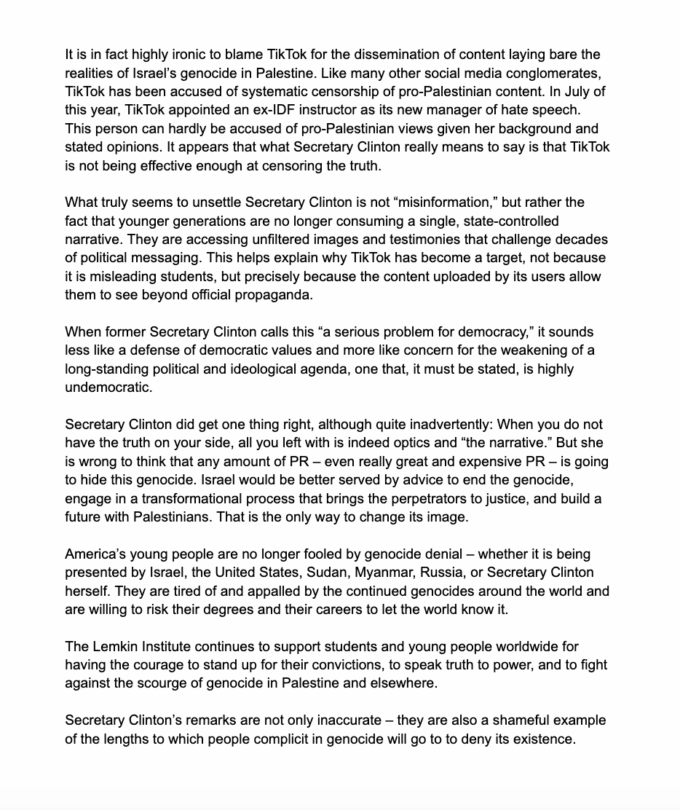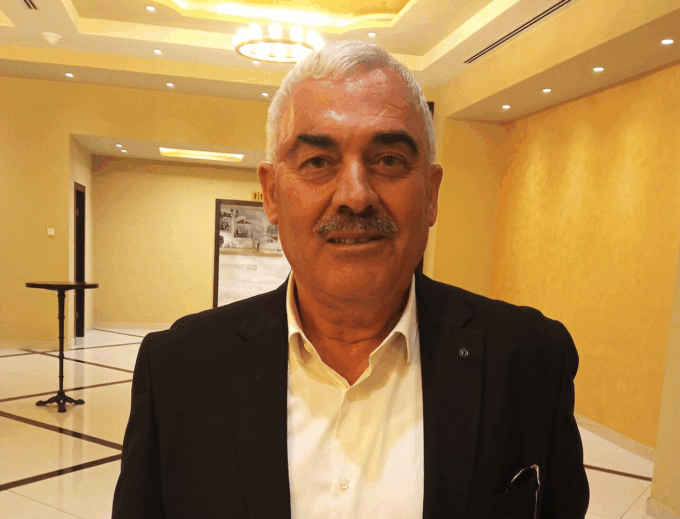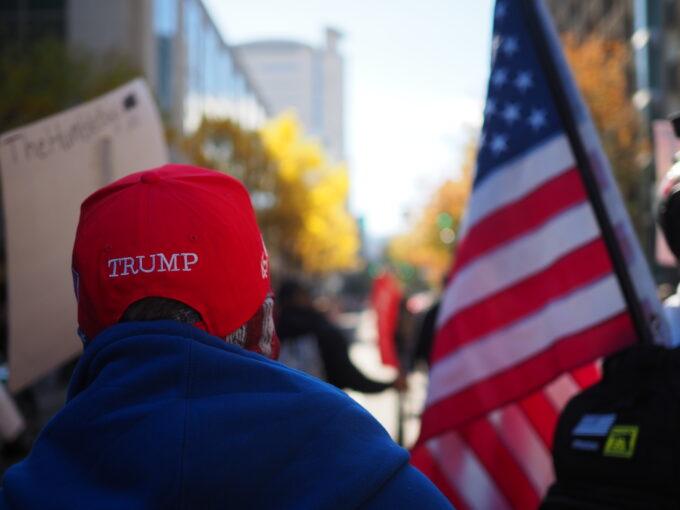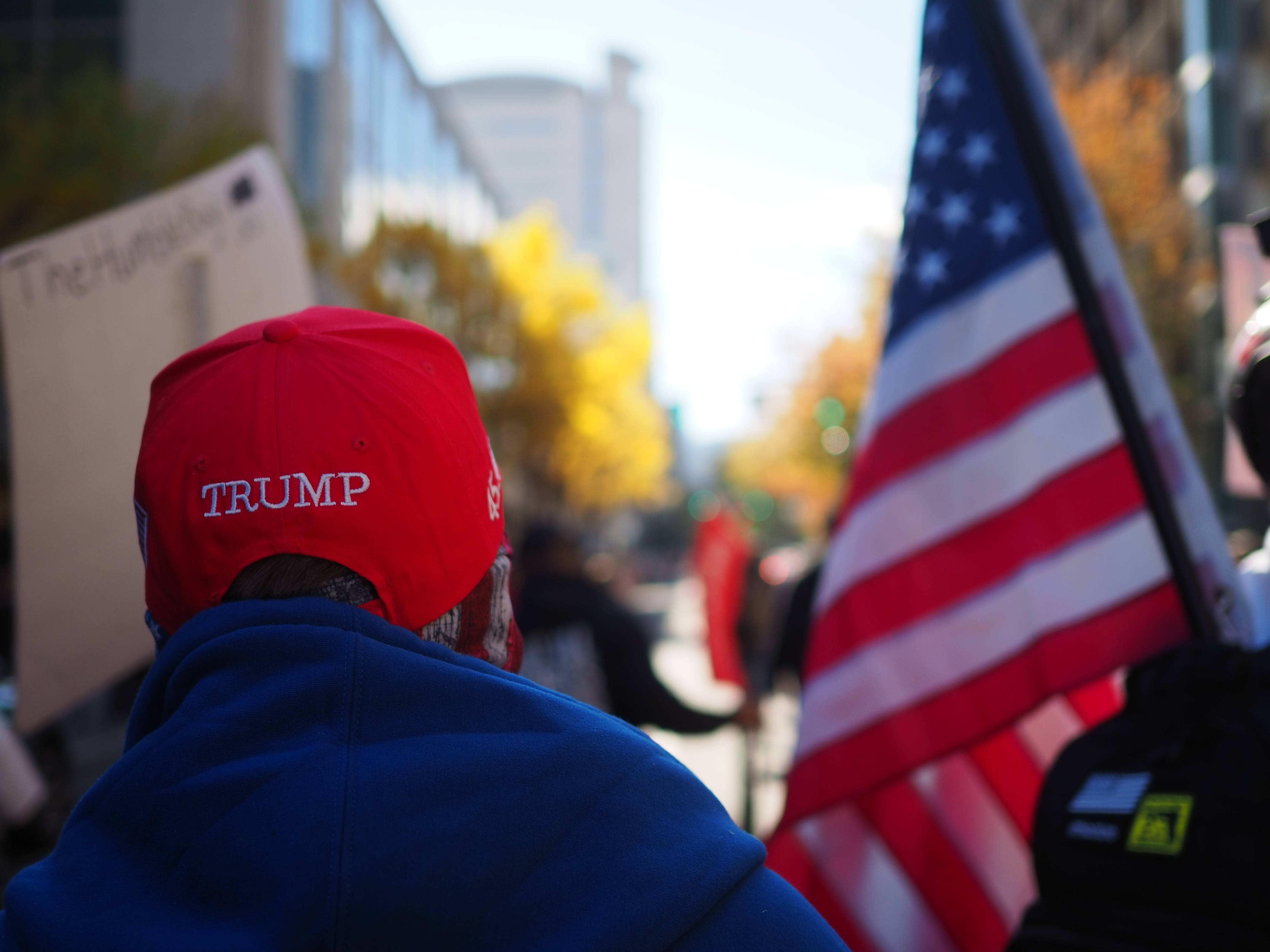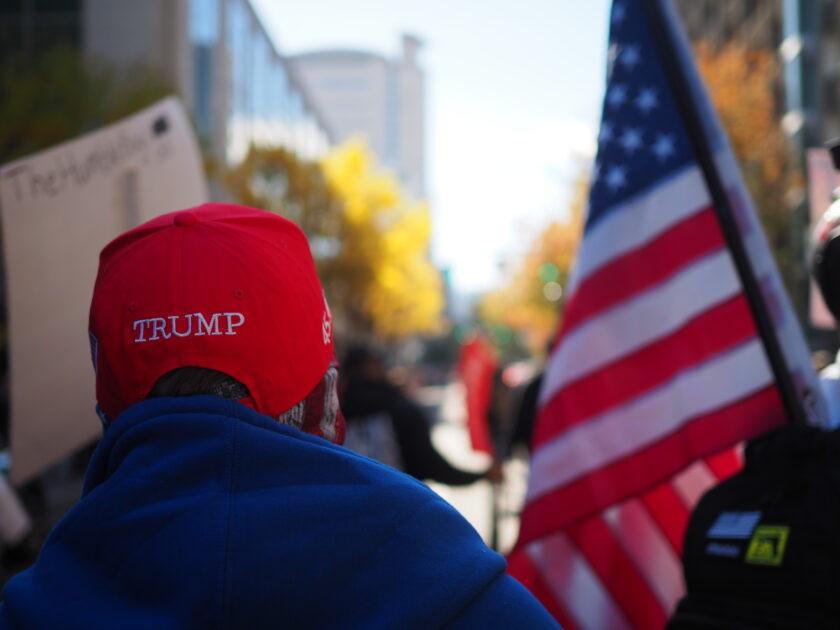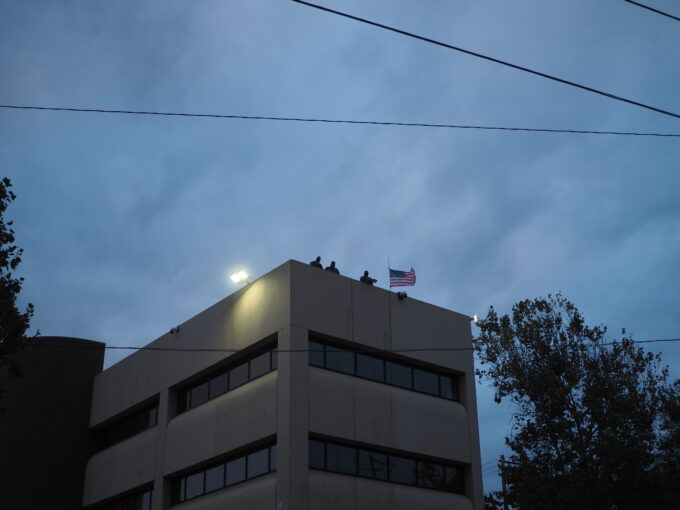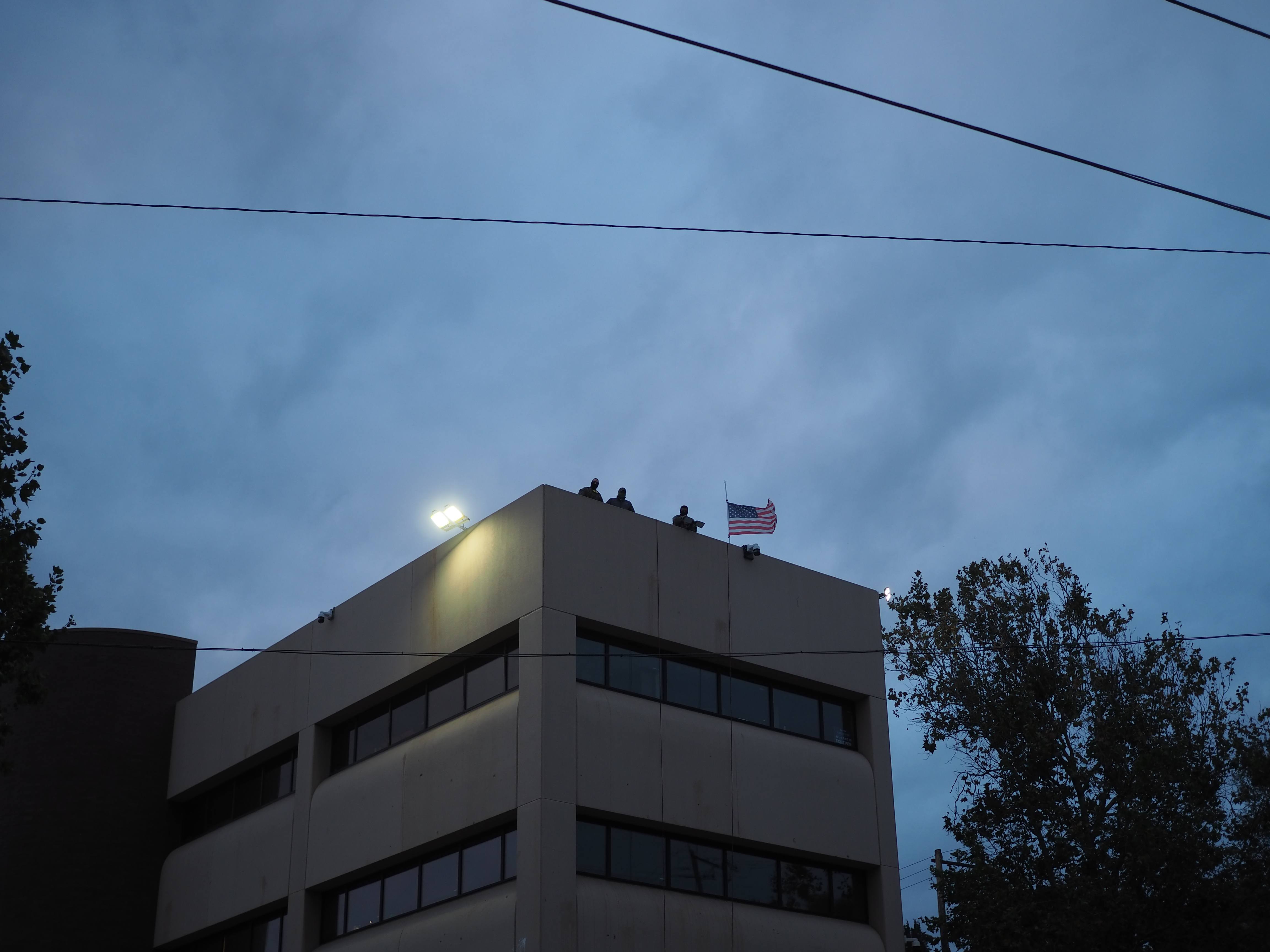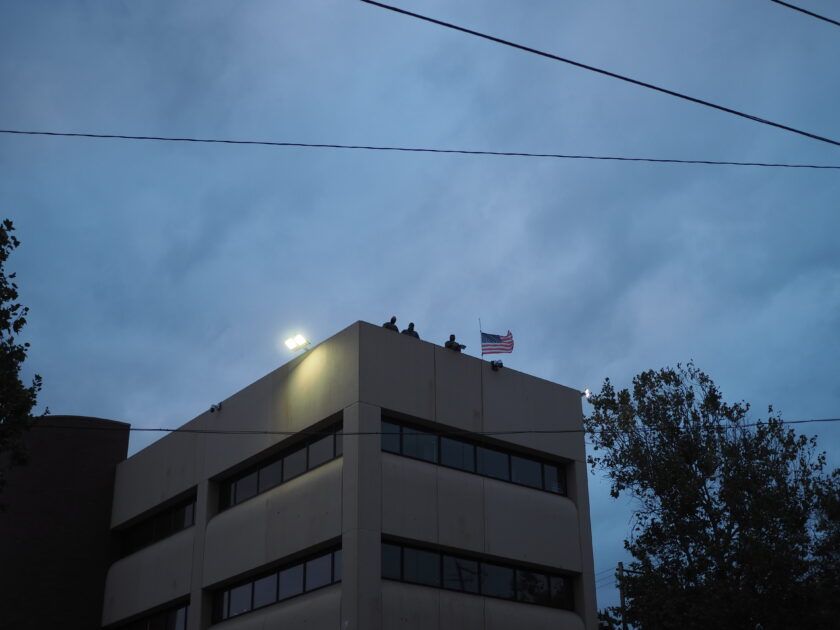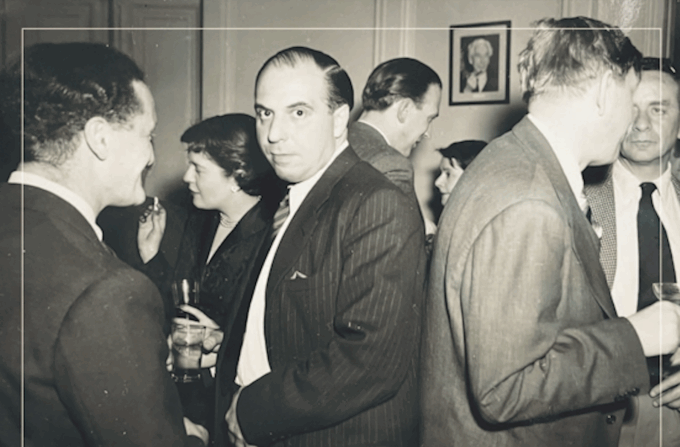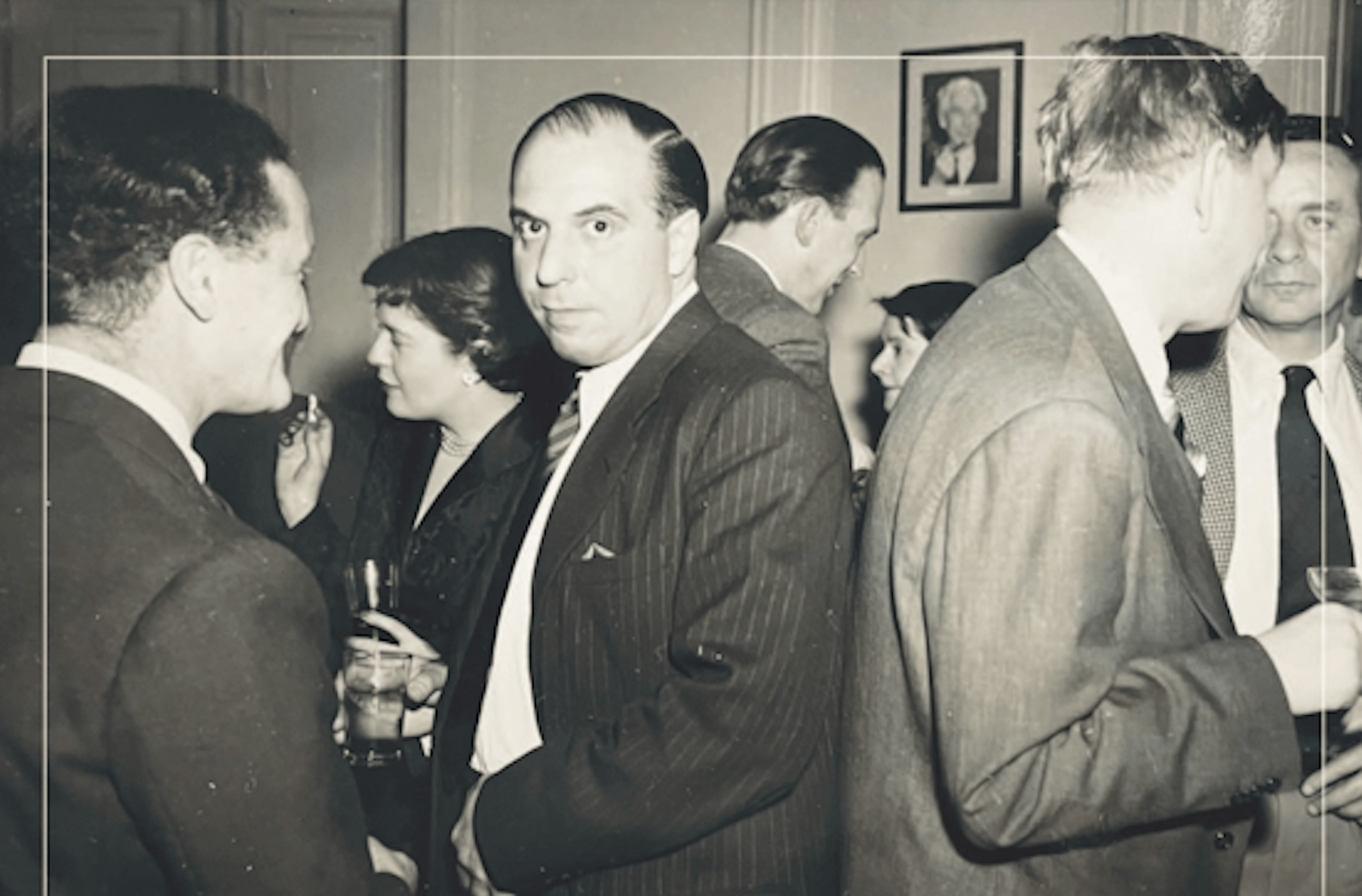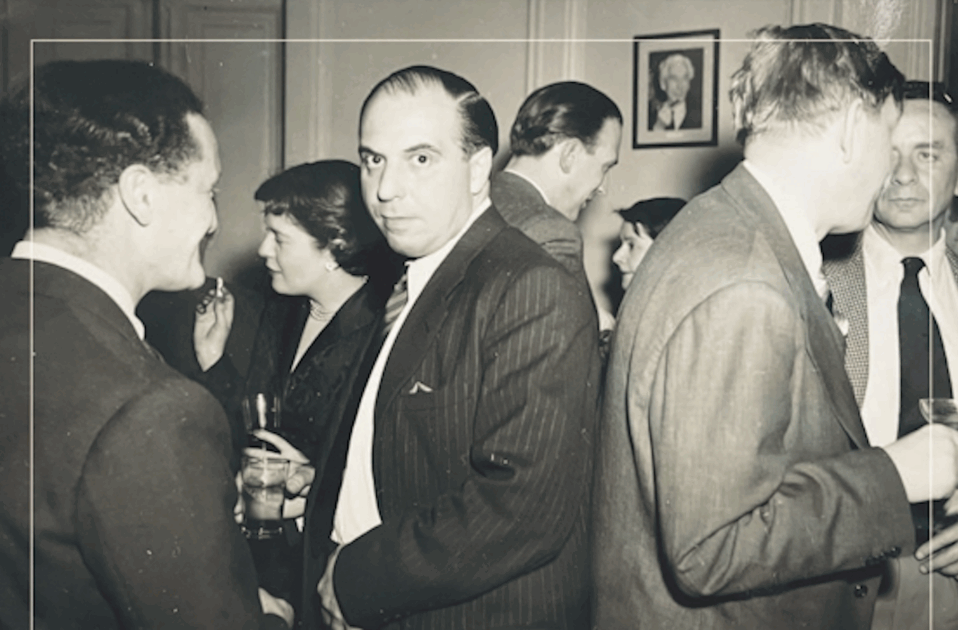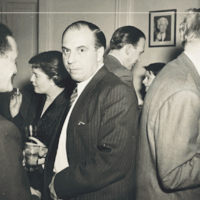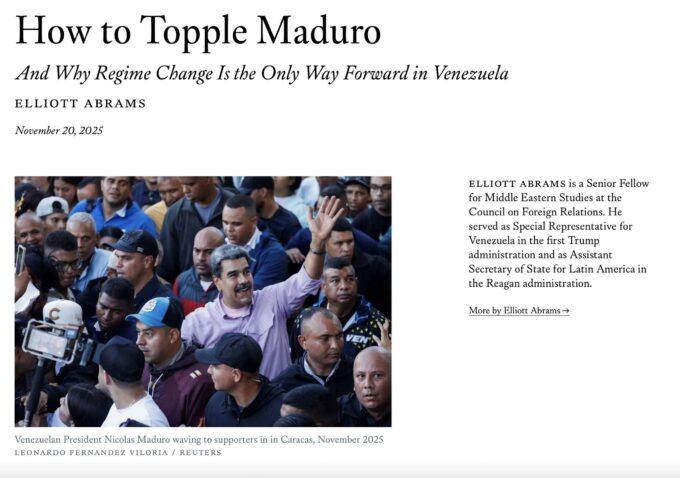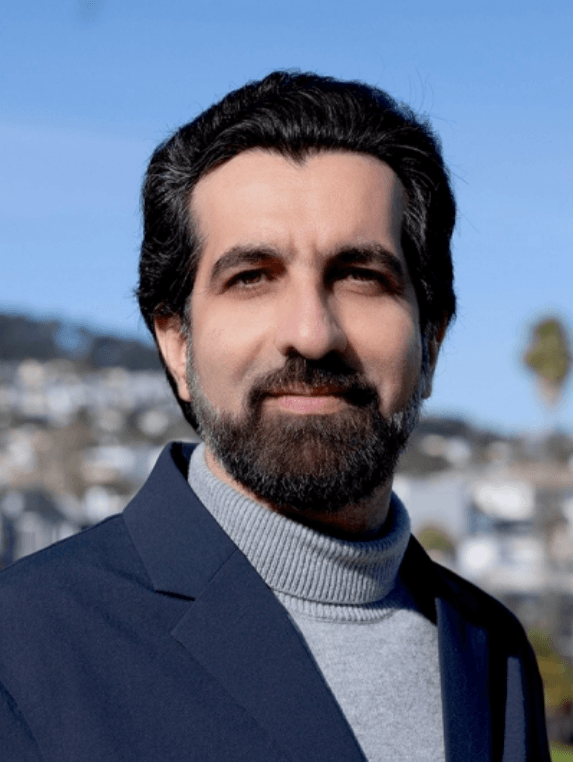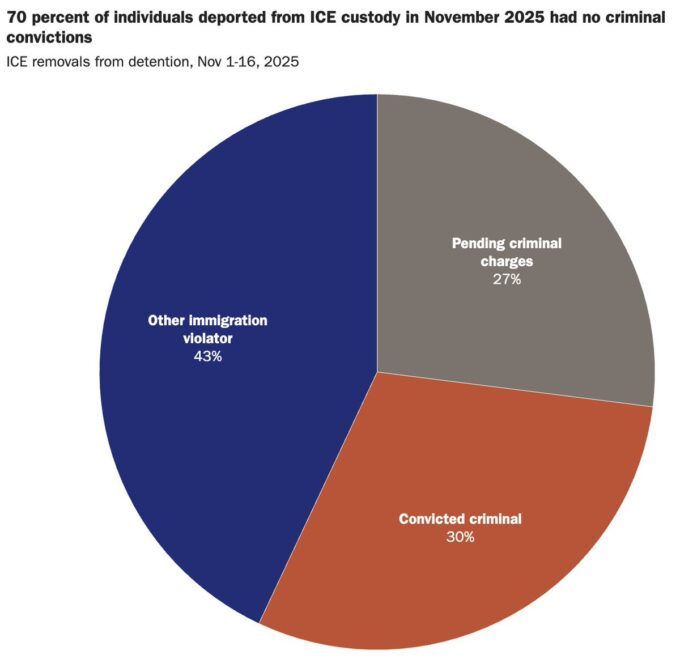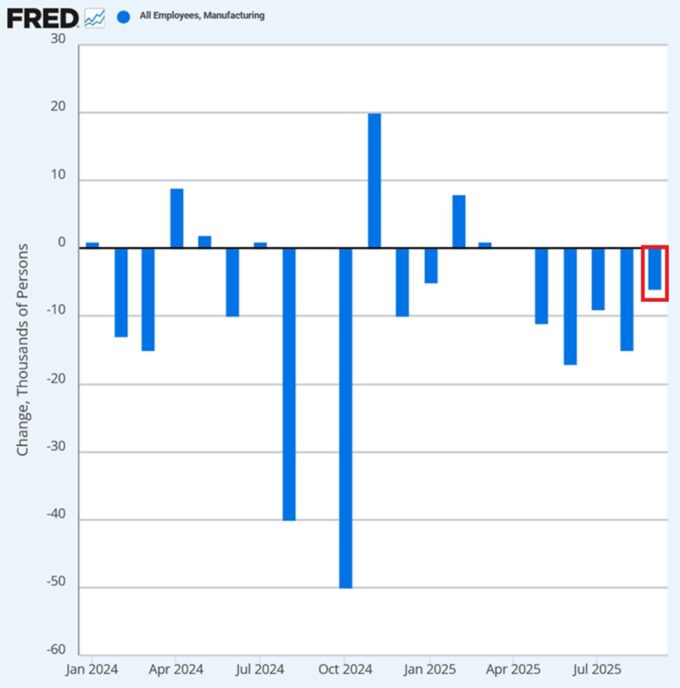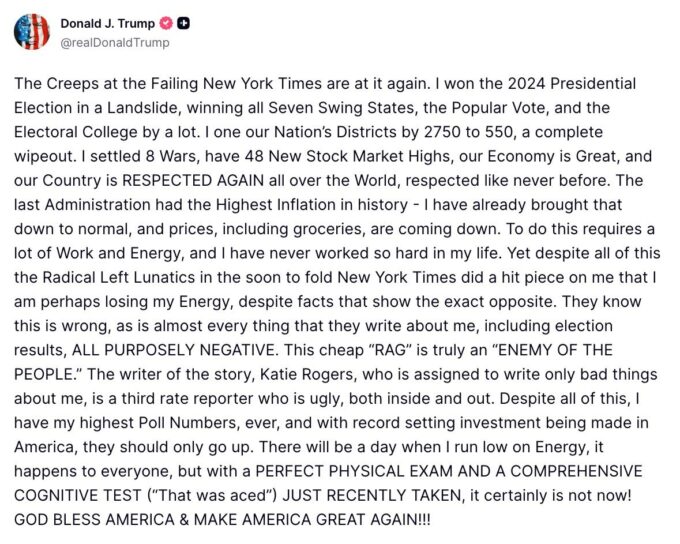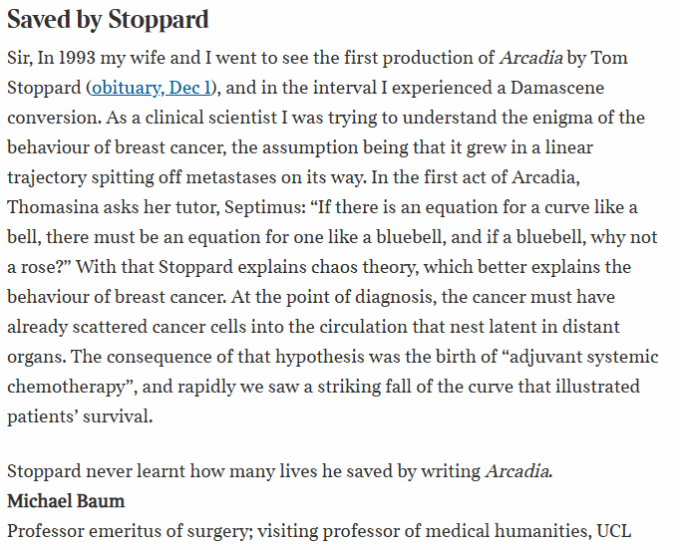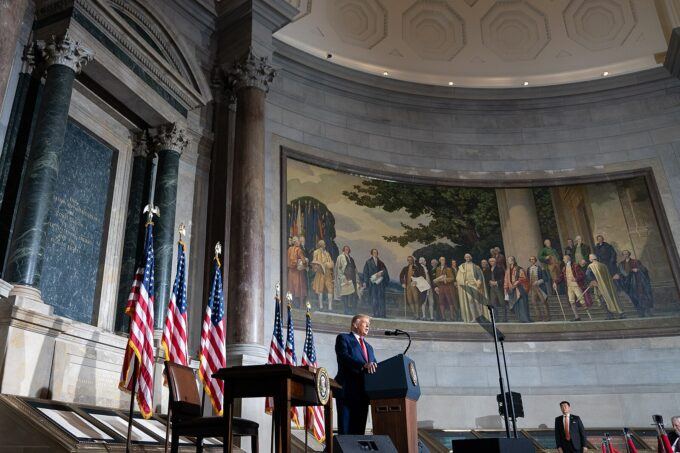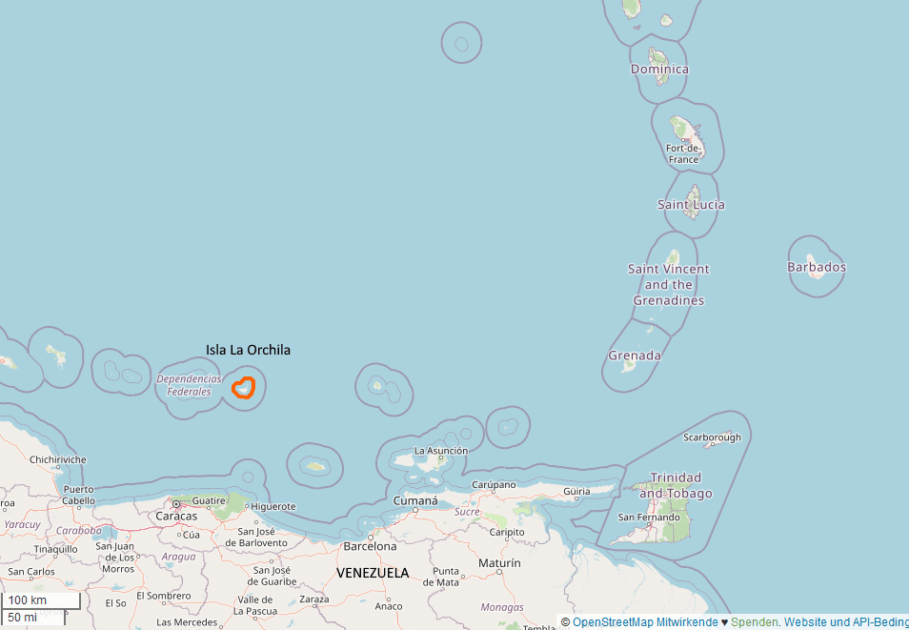


































































Photograph by Nathaniel St. Clair
Note: The authors and contributors to this statement had initially envisioned that it would be published as an official statement from the Society for the Study of Peace, Conflict, and Violence — Division 48 of the American Psychological Association (APA). However, APA’s policies and concerns over IRS regulations prohibited its publication in that form, and it does not represent the official positions or policies of Division 48 or the APA. We thank CounterPunch for providing us with the opportunity to share our analysis and call to action here.
Contributors to this statement include Rehman Adbulrehman, Elliot Benjamin, Alaina Brenick, Sara Buckingham, Sarah Constantine, Donna Demanarig, Judy Iwens Eidelson, Judith Gulko, Ian Hansen, Monica Indart, Emily Lutringer, Sodah Minty, Tiffany O’Shaughnessy, Michele Ribeiro, Stephen Soldz, Karen Suyemoto, and several others who prefer to remain anonymous.
+++
Psychology as a discipline, and the American Psychological Association as the world’s largest organization of psychologists, has a core commitment to advancing human welfare through scientific rigor and ethical practice. APA’s mission is to promote “psychological science and knowledge to benefit society and improve lives.”[1] Similarly, APA’s ethics code states:
Psychologists are committed to increasing scientific and professional knowledge of behavior and people’s understanding of themselves and others and to the use of such knowledge to improve the condition of individuals, organizations, and society. Psychologists respect and protect civil and human rights and the central importance of freedom of inquiry and expression in research, teaching, and publication. They strive to help the public in developing informed judgments and choices concerning human behavior.[2]
While acknowledging the profession’s past shortcomings in achieving these goals, today we bring this sense of responsibility and resolve to a moment of profound political and moral consequence here in the United States. We write to share our professional knowledge, so that our colleagues and the public gain a better understanding of the deeply disturbing psychological dimensions of authoritarianism. Its dangerous and destructive repercussions are now unfolding daily throughout this country, threatening the well-being — and the very survival — of individuals, communities, and the foundations of our democratic form of governance.
We are not writing in support of any political party or candidate. Indeed, we recognize that both major political parties have fallen woefully short in establishing and nurturing a society where prosperity, justice, and equal opportunity prevail for all. At the same time, it is clear to us that anti-democratic pressures have now escalated significantly under the Trump administration, and we worry that the gravity of the current situation is not receiving the attention it deserves — from the public or from our profession.
Guided by our ethical and scientific commitments and by our duty to oppose forces that dehumanize, divide, and destroy, we believe that we must not be silent at this time. Authoritarianism thrives on fear, disinformation, and the suppression of truth. Peace psychology compels us to name these threats and to work toward systems grounded in justice, empathy, and democratic participation.
What follows is an overview of what we know about authoritarianism, its psychological underpinnings, its current manifestations, and the urgent need to confront the harm that has already been done and to curtail the suffering that still lies ahead.[3] We are not claiming that the psychological phenomena we describe are unique to authoritarianism, nor are we suggesting that authoritarianism is distinguished only by its psychology. We are well aware that a full understanding of authoritarianism requires contributions from many disciplines, including political science, sociology, economics, and history, among others.
What Is Authoritarianism?
Authoritarianism describes a form of government where executive power is supreme; where independent civil society organizations are constrained and surveilled so as to reduce their willingness to challenge the state; where dissent is suppressed; where vulnerable communities are scapegoated; where elections, if held, are corrupted; where misinformation and disinformation are promoted; and where violence is often incited against opponents and “undesirable” communities.[4]
Beginning with the rise of fascism in Nazi Germany almost a century ago, psychologists have made crucial contributions to the study of authoritarianism.[5] They have found that authoritarian leaders often gain their power and influence by stoking and preying upon the public’s fears and insecurities, even devising newly-imagined threats and then confidently offering “solutions” that are promised to restore safety and order. Research by psychologists has also increased our understanding of authoritarian followers. They tend to see the world as a dangerous place and, as a result, they are strongly inclined to support and obey authority figures, to act aggressively against anyone who violates their group’s norms, and to deeply value what they see as tradition and convention. These dynamics stifle openness to difference and discourage the freedom of thought and expression that allow people and communities to thrive. Of greatest concern, psychologists have found that authoritarian leaders and followers tend to endorse anti-democratic policies; to support violence for achieving political aims; to hold prejudiced views toward minority groups and immigrants; and to support violations of human rights.[6]
We believe there is a range of psychological phenomena that become a source of significantly greater concern when authoritarian conditions prevail — as they increasingly do today.[7] Here, we briefly describe six of them, along with a partial list of current distressing examples. It is our hope that readers will appreciate the insights gained from psychological research and will take meaningful action to prevent and mitigate the risks that authoritarianism poses to us all.
Propaganda
Through decades of research, psychologists have learned that persuasion efforts often follow either of two paths.[8]One route encourages us to carefully look at the facts and think through the arguments presented before deciding what makes sense. But it is the other route that is most frequently used by authoritarian leaders. They intentionally tap into our strong emotions, aiming to make us fearful, angry, or optimistic. By arousing our emotions, they lead us to ignore the actual quality of the arguments or “evidence” they are presenting. Under these circumstances, we become more susceptible to believing false or inaccurate information, which may be designed to mislead us.[9] This is especially so when we are repeatedly exposed to that “information.” The use of propaganda has long been widespread, and it is certainly not new. However, it becomes potentially more dangerous when authoritarian leaders simultaneously suppress alternative sources of information.
In the current context, President Trump and members of his administration have routinely spread misinformation — on issues ranging from immigration to vaccines to climate change to election fraud and far beyond — triggering fear and outrage among ardent supporters and other members of the public.[10] Often, these statements have vilified political adversaries. For example, Trump himself has described opposition leaders as “crazed,” “cheatin’ dogs,” “the enemy from within,” and “kamikaze pilots,” and he has claimed “they hate our country.”[11] His press secretary has said that the Democratic Party is made up of “Hamas terrorists, illegal aliens, and violent criminals.”[12] And a deputy chief of staff has described the opposition party as a “domestic extremist organization” that is “devoted exclusively to the defense of hardened criminals, gangbangers, and illegal alien killers and terrorists.”[13] These instances illustrate the purpose that often lies behind the use of propaganda by authoritarian leaders: to inflame emotion, distort reality, and erode the shared trust on which democracy depends. In short, they are not the type of pronouncements one sees from political leaders who are committed to principles of democratic governance.
Conformity and Obedience
Psychologists have intensively studied conformity and obedience since shortly after World War II and the horrors committed by Nazi Germany.[14] Their research findings have shown that we are often motivated to conform so as not to lose a sense of belonging to a group, and to avoid the insecurity that might follow. At the same time, we often choose to obey so as not to be disrespectful to those in positions of power and due to concerns about possible retribution. These everyday inclinations, driven in part by fear or the need for security, transcend specific political environments. But they are likely to carry heightened influence and consequence when the stakes of non-compliance and disobedience intensify and widen, as is the case under authoritarian regimes.
Consider several contemporary examples. With support from adherents to his “Make America Great Again” agenda, President Trump has regularly taken steps to instill fear in both his allies and his adversaries, warning followers not to step out of line and demonstrating to rivals that there is a heavy price to pay for defying him. For example, politicians in his party who fail to conform face the prospect of primary challengers more aligned with the president and the heightened risk of losing their seats in the next election cycle.[15] Far more extreme, during the January 6, 2021, assault on the U.S. Capitol, Trump supporters called for then Vice President Mike Pence to be hanged for failing to obey and subvert the election results — with multiple insiders later reporting that the president seemingly approved.[16] Meanwhile, individuals with contrary views who have resisted the White House’s crackdown on free speech on college campuses have faced severe repercussions, particularly students who have been arrested and threatened with deportation for protesting against Israel’s assault on Gaza and in support of Palestinian rights.[17] At the same time, many major corporations made large financial contributions to Trump’s inauguration events and have now rolled back their Diversity, Equity, and Inclusion (DEI) initiatives to avoid running afoul of Trump’s good graces.[18] All of these actions illustrate how conformity and obedience can be used to instill fear, enforce loyalty, and weaken dissent. Expectations for unquestioning conformity and obedience are more characteristic of a dictatorship than a democracy.
Moral Disengagement
Psychologists have documented that people use a wide range of rationalizations, various forms of moral disengagement, to justify their own wrongful behavior and to escape feelings of remorse for the harm they have done.[19] Among the most common of these psychological mechanisms are moral justification, in which we claim that our actions serve a greater good; euphemistic labeling, in which we sanitize our language to disguise and minimize our wrongdoing; dehumanization, in which we portray those we treat cruelly as less than human and thereby distance ourselves from their hurt; misattribution of blame, in which we hold the victims of our actions responsible for their own suffering; advantageous comparison, in which we claim that the wrongful things we do are not as bad as what others do or have done; displacement of responsibility, in which we claim that we are only following orders or that it is someone else’s responsibility; and minimization of consequences, in which we downplay or even deny the adverse effects experienced by those we harm. These moral disengagement rationalizations are routinely used by authoritarian leaders to reduce resistance to their harmful agenda.
The Trump administration has adopted these tactics on multiple fronts and in doing so has heightened pre-existing injustices.[20] For instance, they have used moral justification to terminate DEI programs, claiming that their actions are “making America great” by correcting both “shameful discrimination” against White Americans and the waste of precious financial resources.[21] They have relied on euphemistic labeling, advancing “patriotic education” and ending “radical indoctrination” as the rationale for requiring that school curricula no longer include material related to the country’s fraught history of slavery and racial injustice, as well as banning contemporary positive representations of different minority groups, such as trans people.[22] In unleashing the U.S. military on American soil, they have turned to misattribution of blame, falsely insisting that these steps are necessary because the targeted cities have become overrun by crime, anarchy, and “insurrection.”[23] And through minimization of consequences, they have downplayed or denied the dangers associated with curtailing workplace health and safety standards, reducing environmental protections, and gutting scientific and regulatory enforcement agencies and staff.[24] These examples illustrate how moral disengagement can be used to excuse harm, to disguise injustice, and to make cruelty seem acceptable. Psychological rationalizations like these all serve to make an authoritarian agenda appear more morally palatable, despite the drastic and many times irrevocable harm that it causes.
Dehumanization
Psychologists have extensively studied the disturbing phenomenon of dehumanization, the process by which some people and groups are viewed and treated as less than fully human.[25] Prejudice and discrimination — based on race, ethnicity, religion, gender, sexual orientation, and disability or other characteristics — often lie behind the dehumanization of others. Those perceived as less than human are considered less deserving of dignity, care, and respect and more deserving of exclusion, exploitation, and abuse.[26] Psychologically, it becomes easier to mistreat people — including portraying them through demeaning language and imagery — when they are viewed as inferior, subhuman and, in its most extreme form, nonhuman. In this way, dehumanization can remove moral taboos and thereby encourage horrific acts of humiliation, cruelty, brutality, and even genocide.[27] Among their followers, authoritarian leaders often successfully promote this degrading perception of those they consider adversaries, heightening the likelihood of violence.[28]
The Trump administration’s dehumanization of people of color and other communities it views as inferior and “other” is widespread.[29] Still, it is perhaps most consistently apparent in the harsh and often brutal treatment of immigrants. During last year’s presidential debate, Trump memorably and baselessly warned that Haitian immigrants were eating the pets of their neighbors.[30] At other times, he has described unauthorized immigrants with words and phrases such as “criminals,” “rapists,” “poisoning the blood of our country,” “from insane asylums,” “animals,” and “not human.”[31] Since returning to the White House, Trump has used this dehumanizing rhetoric to facilitate a violent crackdown on immigrant and racialized communities.[32] Masked Immigration and Customs Enforcement (ICE) agents have terrorized neighborhoods with large-scale immigration sweeps, engaging in racial profiling, grabbing and incarcerating people without due process, and assaulting onlookers who get in the way.[33] Trump has gone so far as to call in National Guard troops to California, Illinois, and Oregon — against the wishes of the governors of those states — falsely claiming they are necessary to quell “out-of-control protests” and to protect ICE agents and facilities.[34] At the same time, the treatment of detained immigrants further dehumanizes them and is sometimes deadly.[35] Inhumane conditions are commonplace at detention centers: overcrowding, extreme temperatures, neglect and abuse, indifference to medical needs, and disregard for distraught family members.[36] And many of these immigrants have been deported to countries known for heightened levels of poverty, violence, and instability, where previously they have been persecuted and continue to be at risk.[37] Such examples demonstrate how dehumanization strips people of dignity, normalizes cruelty, and erases the empathy on which our shared humanity and democracy depend. Dehumanization of this magnitude is not seen in stable democracies.
Systemic Racism
Psychologists have played an important role in illuminating the prevalence and dynamics of systemic racism.[38] These entrenched and often under-recognized policies and practices — in contexts ranging from criminal justice to education to housing and well beyond — bestow significant advantages on white people over people of color. They have been a disturbing reality in the United States ever since the country’s founding. Psychological research has shown that people tend to believe that significant differences in power between racial groups are the way things are supposed to be even when they themselves are the ones disadvantaged by these unjust disparities.[39] Similarly, mistakenly believing that longstanding inequalities are justified because otherwise they would not exist can lead us to think that unearned privileges are based on merit when in fact they are not.[40] Authoritarian leaders take advantage of these biases when they argue for a return to the “natural order” of things.[41]
Actions of the Trump administration deny and exacerbate the reality of systemic racism in the United States.[42] DEI initiatives have been shut down under the guise of promoting a “colorblind and merit-based” society — despite decades of psychological research demonstrating that colorblind racial ideology exacerbates inequality and meritocracy is a myth used to justify the status quo.[43] The work of the Department of Justice’s Civil Rights Division has been sharply curtailed, hampering voting rights protections for historically marginalized groups.[44] An executive order has undercut decades-old legislation aimed at preventing discrimination, including the Civil Rights Act of 1964, the Fair Housing Act, and the Equal Credit Opportunity Act.[45] Content highlighting the struggles and achievements of Black and Native Americans has been scrubbed from federal museums, landmarks, and websites.[46] The administration has abandoned civil rights investigations that had been established in order to hold law enforcement departments accountable for police violence against Black people.[47] And while on the campaign trail last year, Trump pledged to fight what he described as “a definite anti-white feeling in this country.”[48] Each example illustrates how systemic racism sustains inequality, distorts justice, and corrodes the very ideals of fairness and equity that democracy demands. These are simply not the actions of a government committed to ensuring equal opportunity for all.
Perceived Helplessness
Research by psychologists has found that feelings of helplessness — whether held by an individual or by a group — pose a significant obstacle to success in any undertaking.[49] Those who lack confidence in their capabilities are more likely to give up and abandon their goals, and they do not bounce back as resiliently when their efforts prove unproductive. In this way, believing that we cannot control important outcomes in our lives can lead to resignation, which can destroy our motivation to work toward crucial personal and collective objectives.[50] This belief that our actions are futile and that adversity cannot be overcome is something we fight hard to resist. But if we reach that demoralizing conclusion, the effects can be paralyzing and difficult to reverse. Knowing that feelings of helplessness have a major impact on the choices we make and the effort we are willing to expend, authoritarian leaders often manipulate our perceptions of what might be possible through collective action.[51] This is why perceived helplessness and lack of control — especially when widely shared — make it easier for a small minority to control a much larger group, readily maintaining an oppressive and unjust status quo because active resistance is absent and voices of opposition are silent.
Today, we see the Trump administration repeatedly taking steps to simultaneously demonstrate its own power and instill a sense of helplessness in those who oppose its agenda.[52] These actions have included disregard for legal orders blocking its unlawful initiatives; crackdowns on universities and non-profits that fail to abide by its demands, thus limiting free speech; retaliatory criminal complaints filed against political adversaries; threats to use U.S. cities as “training grounds for our military;” efforts to quell criticism from journalists and talk show hosts; and frequent social media posts that ridicule those who question or protest its authority.[53] In these ways and more, authoritarianism breeds helplessness and weakens resistance, saps hope, and erodes the collective power on which a free society depends. None of these tactics is characteristic of political leadership that has an abiding respect for the public’s legal and civil rights.
Meeting the Current Moment: Our Call to Action
In this statement, we have drawn upon decades of research by psychologists to demonstrate the role that psychological phenomena are playing in the distressing shift toward authoritarianism in the United States today.[54] We not only consider it our responsibility to illuminate these patterns of thought and behavior — and their dire consequences — for our colleagues and the general public. We are also convinced that our professional knowledge and moral outrage must be directed into concrete efforts aimed at preventing and resisting authoritarianism’s destructive repercussions.[55]Toward this end, below we describe a range of strategies and actions that we believe can generate and sustain positive social change.
Most directly relevant to our own professional communities, psychologists must collectively support and advocate for institutional courage.[56] This means demanding that leaders of our organizations uphold and defend — both publicly and internally — academic freedom, civil rights, and democratic values through public statements and through the development of binding resolutions that prevent and curtail the current administration’s attacks on the independence of our institutions.[57] Leadership accountability must also be guaranteed through mechanisms such as internal reviews and audits, and the implementation of task forces or working groups that can monitor and report potential failures to defend our communities.[58]
We encourage academic institutions to follow current legal recommendations and to develop and implement specifically tailored policies and programs aimed at protecting and supporting their own members.[59] They should pursue these same commitments in relation to the communities and individuals they serve, particularly the ones who are currently being targeted by the Trump administration.[60] We especially note the responsibility of institutional authorities and those who have more relative privilege and power to advocate, speak up, and support those currently at greatest risk of persecution.
More broadly, psychologists must also organize as a community to facilitate effective collective action that challenges social injustice and safeguards human rights.[61] Through a wide range of strategies and tactics, we must confront authoritarianism and prevent its damaging consequences.[62] For instance, through public and civic education psychologists can promote reflexive thought and critical consciousness, paving the path to diverse ways of countering authoritarian repression.[63]
We further believe that this shared effort must actively involve and engage the communities with whom we work and to which we belong. Mutual support and reciprocity can be strengthened through relational and network organizing and horizontal solidarity, thereby enabling communities to discover their own approaches for resisting oppression.[64]Examples may include participating in protests against the current administration, boycotting companies that promote or benefit from its authoritarian agenda, signing petitions and statements, and other types of collective actions to protect our democracy.[65] In addition, seemingly small and subtle acts of “everyday resistance,” which may pass unnoticed, can also undermine oppressive power structures.[66]
We are convinced that, together, we must meet this moment. Through the power of collective action, radical hope, and ethics of care, we can resist the Trump administration’s authoritarian agenda and forestall its harmful and dangerous consequences.[67] There is no time to delay.
[1] American Psychological Association. (n.d.).
[2] American Psychological Association. (2017). Ethical Principles of Psychologists and Code of Conduct.
[3] Editorial Board. (October 31, 2025). “Are we losing our democracy?” The New York Times.
[4] Ben-Ghiat, R. (2020). Strongmen: Mussolini to the present. W. W. Norton; Dresden, J., Baird, A., & Raderstorf, B. (2022). The authoritarian playbook. Protect Democracy; Langfitt, F. (2025, April 22). “Hundreds of scholars say U.S. is swiftly heading toward authoritarianism.” NPR. ; American Psychological Association. (February 2024). APA Resolution on Combating Misinformation and Promoting Psychological Science Literacy; American Psychological Association. (n.d.) “Misinformation and disinformation.”
[5] Adorno, T. W., Frenkel-Brunswik, E., Levinson, D. J., & Sanford, R. N. (1950). The authoritarian personality. New York: Harper & Row. ; Altemeyer, B. (1981). Right-wing authoritarianism. Winnipeg: University of Manitoba Press; Gøtzsche-Astrup, O., & Hogg, M. A. (2024). Psychology of authoritarianism. In A. Wolf (Ed.), The Oxford Handbook of Authoritarian Politics (1st ed.). Oxford University Press.
[6] Osborne, D., Costello, T. H., Duckitt, J., & Sibley, C. G. (2023). The psychological causes and societal consequences of authoritarianism. Nature Reviews Psychology, 2(4), 220–232.
[7] Levitsky, S., Way, L, & Ziblatt, D. (May 8, 2025). “How will we know when we have lost our democracy?” New York Times; Bright Line Watch. (2025). Accelerated transgressions in the second Trump presidency; The Steady State. (October 16, 2025). “Accelerating authoritarian dynamics: Assessment of democratic decline.” Substack newsletter. The Steady State.
[8] Bernays, E. L. (1928). Propaganda. Horace Liveright; Petty, R.E. & Cacioppo, J.T. (1986). The Elaboration Likelihood Model of Persuasion. Advances in Experimental Social Psychology, 19, 123-205. ; Pratkanis, A. R., & Aronson, E. (1992). Age of propaganda: The everyday use and abuse of persuasion. W.H. Freeman; Cialdini, R. B. (2008). Influence (5th ed.). Pearson.
[9] American Psychological Association. (March 1, 2024). “What psychological factors make people susceptible to believe and act on misinformation?”; Martel, C., Pennycook, G., & Rand, D. G. (2020). Reliance on emotion promotes belief in fake news. Cognitive Research: Principles and Implications, 5:47.
[10] Baker, P. (November 3, 2024). “Trump’s wild claims, conspiracies and falsehoods redefine presidential bounds.” New York Times; Myers, S. L., & Thompson, S. A. (March 24, 2025). “In his second term, Trump fuels a ‘machinery’ of misinformation.” New York Times. ; Kessler, G. (April 30, 2025). “One hundred days of Trump 2.0: Falsehood after falsehood, again and again.” Washington Post. ; Qiu, L. (April 29, 2025). “In breakneck 2nd term, Trump turns to falsehoods to justify his agenda.” New York Times; Dale, D. (August 29, 2025). “Fact check: 10 debunked lies Donald Trump has repeated in the last week alone.” CNN Politics. ; Walling, M., & Borenstein, S. (September 25, 2025). “Trump called climate change a ‘con job’ at the United Nations. Here are the facts.” PBS. ; Gelfand, M. (January 2, 2020). “Authoritarian leaders thrive on fear. We need to help people feel safe.” The Guardian.
[11] Wise, L., Thomas, K., & Stech Ferek, K. (September 25, 2025). “Democrats dig in on shutdown stance after White House threatens to fire workers.” Wall Street Journal; Dale, D. (October 10, 2024). “Fact check: Trump, on lying spree, made at least 40 separate false claims in two Pennsylvania speeches.” CNN Politics. ; Marquez, A. (October 13, 2024). “‘The enemy from within’: Trump calls Democrats more dangerous than U.S. foreign adversaries.” NBC News. ; Colombo, M. (October 19, 2025). “Trump calls Democrats ‘kamikaze pilots’ as shutdown standoff hits third week with no end in sight.” Fox News. ; Timotija, F. (July 4, 2025). “Trump on Democrats who voted against GOP megabill: ‘I hate them.’” The Hill.
[12] Parnes, A., & Samuels, B. (October 21, 2025). “Trump’s attacks on ‘No Kings’ underscore his second term’s unofficial mottoes.” The Hill.
[13] Izzo, J. (August 30, 2025). “Stephen Miller called Democratic Party a ‘domestic, extremist organization.’” Snopes.
[14] Asch, S. E. (1956). Studies of independence and conformity: I. A minority of one against a unanimous majority. Psychological Monographs, 70(9), 1-70. ; Cialdini, R. B., & Goldstein, N. J. (2004). Annual Review Of Psychology, 55, 591-621; Capuano, C., & Chekroun, P. (2024). A systematic review of research on conformity. International Review of Social Psychology, 37(1): 13, 1–23. ; Milgram, S. (1974). Obedience to authority: An experimental view. Harper & Row; Crutchfield, R. S. (1955). Conformity and character. American Psychologist, 10, 191–198; Meeus, W. H. J., & Raajimakers, Q. A. W. (1995). Obedience in modern society: The Utrecht Studies. Journal of Social Issues, 51(3), 155-175. ; Burger, J. M. (2009). Replicating Milgram: Would people still obey today? American Psychologist, 64, 1–11.
[15] Ewing, G. R. (April 17, 2025). “‘We are all afraid: Murkowski says fear of retaliation from Trump is ‘real’.” Politico.
[16] Haberman, M., & Broadwater, L. (May 25, 2022). “Trump said to have reacted approvingly to Jan. 6 chants about hanging Pence.” New York Times. ; Bella, T. (June 10, 2022). Cheney states Trump said on Jan. 6 that Pence ‘deserves’ to be hanged. Washington Post.
[17] Jayaretnam, M. (April 1, 2025). “These are the students targeted by Trump’s immigration enforcement over campus activism.” Time. ; O’Connor, M. (April 17, 2025). “Here’s where pro-Palestine protesters face the harshest charges.” The Appeal.
[18] Fonrouge, G., Constantino, A. K., Josephs, L., Levy, A., Lucas, A., Repko, M., Son, H., & Wayland, M. (April 23, 2025).“Corporate America shelled out millions for Trump’s inauguration. Now he’s upending many of their businesses.” CNBC; Murray, C., & Bohannan, M. (April 11, 2025). “IBM reportedly walks back diversity policies, citing ‘inherent tensions’: Here are all the companies rolling back DEI programs.” Forbes.
[19] Opotow, S. (1990). Moral exclusion and injustice: An introduction. Journal of Social Issues, 46, 173-182. Deutsch, M. (1990). Psychological roots of moral exclusion. Journal of Social Issues, 46(1), 21–25; Bandura, A. (1999). Moral disengagement in the perpetration of inhumanities. Personality and Social Psychology Review, 3, 193-209; Bandura, A. (2016). Moral disengagement: How people do harm and live with themselves. Worth Publishers.
[20] Rasul, M. E., Halversen, A., & Smith, J. (2025). “When you’re a star, they let you do it”: Trump, Twitter, and moral disengagement. Communication and the Public, 20570473251314521.
[21] The White House. (January 21, 2025). Ending radical and wasteful government DEI programs and preferencing; Legal Defense Fund, Lambda Legal, Leadership Conference on Civil and Human Rights, National Women’s Law Center, and National Center for Lesbian Rights (n.d.). “Trump’s executive orders on diversity, equity, and inclusion, explained.”
[22] The White House (January 29, 2025). Ending radical indoctrination in k-12 schooling.
[23] Jansen, B. (October 28, 2025). “‘More than the National Guard.’ Trump warns of more troops in US cities.” USA TODAY. ; Kamisar, B. (October 10, 2025). “Court rulings, anti-ICE protests, Democrats: What the Trump administration sees as ‘insurrection.’” NBC News.
[24] McNicholas, C., Poydock, M., & Sanders, S. (July 10, 2025). “Trump’s Department of Labor is dismantling key workplace protections.” Economic Policy Institute. ; Feldscher, K. (September 16, 2025). “Trump administration plans to roll back EPA regulations could harm health.” Harvard T.H. Chan School of Public Health. ; Barbati-Dajches, J. (May 29, 2025). “Trump’s executive order puts science under the thumb of politics.” Union of Concerned Scientists: The Equation.
[25] Kteily, N. S., & Landry, A. P. (2022). Dehumanization: Trends, insights, and challenges. Trends in Cognitive Sciences, 26(3), 222–240. h; Fiske S. T. (2009). From dehumanization and objectification to rehumanization: Neuroimaging studies on the building blocks of empathy. Annals of the New York Academy of Sciences, 1167, 31–34; Resnick, B. (March 7, 2017). “The dark psychology of dehumanization, explained.” Vox; Smith, D. L. (2011). Less than human: Why we demean, enslave, and exterminate others. St. Martin’s Press.
[26] Opotow, S. (1990). Moral exclusion and injustice: An introduction. Journal of Social Issues, 46(1), 1–20.
[27] United Nations Office of the High Commissioner on Human Rights. (September 16, 2025). “Israel has committed genocide in the Gaza Strip, UN Commission finds.”
[28] Byman, D. (April 9, 2021). “How hateful rhetoric connects to real-world violence.” Brookings.
[29] Kanno-Youngs, Z. (August 21, 2025). “In Trump’s ideal picture of America, diversity is taboo.” New York Times; Jardina, A., & Piston, S. (2023). Trickle-down racism: Trump’s effect on whites’ racist dehumanizing attitudes. Current Research in Ecological and Social Psychology, 5. ; Shear, M. D., & Sullivan, E. (October 16, 2018). “‘Horseface,’ ‘Lowlife,’ ‘Fat, Ugly’: How the President Demeans Women.” New York Times. ; Nelson, L. (October 12, 2016). “Donald Trump’s history of misogyny, sexism, and harassment: a comprehensive review.” Vox. ; Flowers, B., & Trotta, D. (January 20, 2025). “Trump curtails protections around diversity, LGBT rights.” Reuters. ; Yurcaba, J. (June 19, 2025). “These trans service members are being forced out of the military due to Trump’s ban.” NBC News. ; Gross, J. (March 13, 2025). “Rights groups condemn Trump for using “Palestinian” as a slur against Schumer.” New York Times. ; Kelly, M. L. (February 12, 2019). “Why Trump’s attacks on Sen. Elizabeth Warren are dehumanizing to native people.” NPR. ; Becker, A. J. (March 12, 2025). “The Trump administration’s rhetoric about disability diminishes us all.” WBUR.
[30] Thomas, M., & Wendling, M. (September 15, 2024). “Trump repeats baseless claim about Haitian immigrants eating pets.”
[31] Terkel, A., & Lebowitz, M. (September 19, 2024). “From ‘rapists’ to ‘eating the pets’: Trump has long used degrading language toward immigrants.” NBC News.
[32] Tareen, S. (October 6, 2025). “Using helicopters and chemical agents, immigration agents become increasingly aggressive in Chicago.” AP News.
[33] Sanchez, G. R., & Vargas, E. D. (October 16, 2025). “Racial profiling by ICE will have a marked impact on Latino communities.” Brookings. ; Foy, N. (October 16, 2025). “We found that more than 170 U.S. citizens have been held by immigration agents. They’ve been kicked, dragged and detained for days.” ProPublica. ; Villagran, L. (September 30, 2025). “US citizens seek millions in damages after violent ICE arrests.” USA TODAY.
[34] Finkelstein, C., Fissell, B., & Regan, M. (September 10, 2025). “The law is clear: Trump can’t use the military to police America’s streets.” The Hill.
[35] Bustillo, X. (October 23, 2025). “It’s the deadliest year for people in ICE custody in decades; next year could be worse.” NPR.
[36] Human Rights Watch. (July 21, 2025). “You Feel Like Your Life Is Over”: Abusive Practices at Three Florida Immigration Detention Centers Since January 2025. (December 4, 2025). Torture and Enforced Disappearances in the Sunshine State: Human Rights Violations at “Alligator Alcatraz” and Krome in Florida.
[37] Roy, D. (July 1, 2025). “Here’s where Trump’s deportations are sending migrants.” Council on Foreign Relations.
[38] American Psychological Association (October 2021). Role of Psychology and the American Psychological Association in Dismantling Systemic Racism Against People of Color in the United States; Banaji, M. R., Fiske, S. T., & Massey, D. S. (2021). Systemic racism: Individuals and interactions, institutions and society. Cognitive Research: Principles and Implications, 6(1), 82. ; Skinner-Dorkenoo, A. L., George, M., Wages, J. E., Sánchez, S., & Perry, S. P. (2023). A systemic approach to the psychology of racial bias within individuals and society. Nature Reviews Psychology, 2(7), 392–406.
[39] Sidanius, J., Cotterill, S., Sheehy-Skeffington, J., Kteily, N., & Carvacho, H. (2016). Social dominance theory: Explorations in the psychology of oppression. In C. G. Sibley & F. K. Barlow (Eds.), The Cambridge Handbook of the Psychology of Prejudice(pp. 149–187). Cambridge University Press; Jost, J. T. (2018). A quarter century of system justification theory: Questions, answers, criticisms, and societal applications. British Journal of Social Psychology.
[40] Fuhrer, J. (October 10, 2023). “The myth of meritocracy runs deep in American history.” MIT Press Reader.
[41] Parker, C. S., & Towler, C. C. (2019). Race and authoritarianism in American politics. Annual Review of Political Science, 22(1), 503–519.
[42] Congressional Black Caucus Foundation. (n.d.). CBCF executive order tracker: Understanding what’s at stake for Black America. https://www.cbcfinc.org/policy-research/cbcf-executive-order-tracker-impacts-on-black-america/;
[43] Green, E. (February 3, 2025). “As Trump attacks diversity, a racist undercurrent surfaces.” New York Times; Neville, H. A., Awad, G. H., Brooks, J. E., Flores, M. P., & Bluemel, J. (2013). Color-blind racial ideology: Theory, training, and measurement implications in psychology. American Psychologist, 68(6), 455–466.
[44] Wang, H. L. (March 31, 2025). “Under Trump, the Justice Department is stepping away from some voting rights cases.” NPR.
[45] The White House. (March 25, 2025). Preserving and protecting the integrity of American elections.; Arab American Institute. (June 26, 2025). “The destruction of the DOJ civil rights division will damage voting rights.”
[46] Joselow, M. (September 16, 2025). “Park service is ordered to take down some materials on slavery and tribes.” New York Times. ; Douglas, S. (October 6, 2025).“Harriet Tubman among victims of Trump’s historical purge.” Fourth Estate.
[47] Fortin, J., Barrett, D., Londono E., & Dewan, S. (May 21, 2025). “Justice Dept. to end oversight of local police accused of abuses.” New York Times. ; Cheek, J., Bonam, C. M., & Langhout, R. D. (2025). Cultural violence in news coverage of the George Floyd murder. Analyses of Social Issues and Public Policy, 25(3).
[48] Green, E. (May 25, 2025). “For Trump, civil rights protections should help white men.” New York Times.
[49] Bandura, A. (1982). Self-efficacy mechanism in human agency. American Psychologist, 37(2), 122–147; Maier, S. F., & Seligman, M. E. (2016). Learned helplessness at fifty: Insights from neuroscience. Psychological Review, 123(4), 349–367. ; Fritsche, I., & Masson, T. (2021). Collective climate action: When do people turn into collective environmental agents?. Current Opinion in Psychology, 42, 114–119. .
[50] Ross, C.E., & Mirowsky, J. (2013). The sense of personal control: Social structural causes and emotional consequences. In: Aneshensel, C.S., Phelan, J.C., Bierman, A. (Eds.), Handbook of the Sociology of Mental Health. Springer.
[51] Mosley, T. (July 23, 2024). “Expert on dictators warns: Don’t lose hope — that’s what they want.” NPR.
[52] Cleetus, R. (October 16, 2025). “It’s time to confront the Trump administration’s authoritarianism.” Union of Concerned Scientists: The Equation.
[53] Polantz, K. (August 10, 2025). “‘The courts are helpless’: Inside the Trump administration’s steady erosion of judicial power.” CNN Politics; Rippberger, R., Riedl, R. B., & Katz, J. (May 1, 2025). “Targeting higher education is an essential tool in the autocratic playbook.” Brookings; Bedekovics, G. (May 13, 2025). “Reconciliation Provision Would Let Executive Branch Dismantle Nonprofits Under Pretext of Fighting Terrorism.” Center for American Progress. ; Blake, A. (September 22, 2025). “Analysis: Trump’s open weaponization of the government.” CNN Politics. ; Babb, C. (September 30, 2025). “Trump suggests using US cities as ‘training grounds’ for military.” Military Times.; Spike, J., & Riccardi, N. (September 18, 2025). “Trump’s moves against media outlets mirror authoritarian approaches to silencing dissent.” PBS News. ; Hill, M. L. (September 29, 2025). “Trump posts vulgar deepfake slam of Democratic leaders after White House meeting.” Politico. ; Patel, F. (October 9, 2025). “Trump’s Orders Targeting Anti-Fascism Aim to Criminalize Opposition.” Brennan Center for Justice.
[54] Editorial Board. (October 31, 2025). “Are we losing our democracy?” The New York Times.
[55] Vollhardt, J. R., & Zeineddine, F. B. (2024). Introduction: The psychology of resistance in violent and repressive contexts. In Zeineddine, F. B., & Vollhardt, J. R. (Eds.), Resistance to repression and violence: Global psychological perspectives (New York: Oxford Academic). ; Vollhardt, J. R., Okuyan, M., & Unal, H. (2020). Resistance to collective victimization and oppression. Current Opinion in Psychology, 35, 92-97.
[56] Freyd, J. J., & Becker-Blease, K. (2024). “Institutionalizing courage to create a safe community.” In Ray E. (Ed.), A handbook of higher education leadership. Open Educational Resources, Oregon State University.
[57] Smith-Schoenwalder, C. (October 3, 2025). “Tracking Trump’s crackdown on higher education.” US News. ; Hagopian, A. (November 1, 2025). “Civil society should be resisting Trump’s authoritarianism. It’s succumbing to it instead.” Mondoweiss.
[58] Blinder, A. (October 21, 2025). “How universities are responding to Trump.” New York Times.
[59] American Association of University Professors. (May 20, 2025). “Institutions should support students under visa threats with legal aid and housing.” AAUP; American Association of University Professors. (2025). Policy documents and reports. Johns Hopkins University Press. ; Yang, M. (April 16, 2025). “US universities’ faculty unite to defend academic freedom after Trump’s attacks.” The Guardian.
[60] Lewis, N. A. (May 14, 2024). “Universities are palaces for the people. Their leaders should remember that.” Brookings.
[61] Staples, L. (2012). Community organizing for social justice: Grassroots groups for power. Social Work With Groups, 35(3), 287–296.
[62] McKeever, B. W., McKeever, R., Choi, M., & Huang, S. (2023). From advocacy to activism: A multi-dimensional scale of communicative, collective, and combative behaviors. Journalism & Mass Communication Quarterly, 100(3), 569-594.
[63] Watts, R. J., Diemer, M. A., & Voight, A. M. (2011). Critical consciousness: Current status and future directions. In Flanagan, C. A., & Christens, B. D., (Eds.), Youth civic development: Work at the cutting edge (pp. 43–57). Jossey-Bass/Wiley; Ayanian, A. H., Tausch, N., & Saab, R. (2024). Social psychological processes underlying collective action in repressive contexts: What we know and ways forward for future research. In Zeineddine, F. B., & Vollhardt, J. R. (Eds.), Resistance to repression and violence: Global psychological perspectives (New York: Oxford Academic).
[64] Freire, P. (2017). Pedagogy of the oppressed. Penguin Classics; Neal, J. W., & Christens, B.D. (2014). Linking the levels: Network and relational perspectives for community psychology. American Journal of Community Psychology, 53, 314–323; Snyder, T. (2017). On tyranny: Twenty lessons from the twentieth century. Crown; Gessen, M. (2021). Surviving autocracy. Riverhead Books.
[65] Thomas, E. F., & Louis, W. R. (2013). Doing democracy: The social psychological mobilization and consequences of collective action. Social Issues and Policy Review, 7(1), 173–200. ; Gambino, L., Chidi, G., Garriss, K., & Chilukuri, S. (October 20, 2025). “No Kings protesters on their hopes for resistance movement against Trump: ‘If we lose momentum, we lose the fight.’” The Guardian; O’Connell, B. (August 15, 2025). “7 companies being boycotted over Trump policies.” US News. ; Edwards, J. (November 3, 2025). “Report: Donors to Trump’s White House ballroom have $279B in federal contracts.” Washington Post. ; Bunch, W. (December 7, 2025). “In New Orleans and across U.S., Anger over ICE Raids Sparks a 2nd American Revolution.” Philadelphia Inquirer.
[66] Johansson, A., & Vinthagen, S. (2020). Conceptualizing ‘everyday resistance’: A transdisciplinary approach. Routledge.
[67] Mosley, D. V., Neville, H. A., Chavez-Dueñas, N. Y., Adames, H. Y., Lewis, J. A., & French, B. H. (2020). Radical hope in revolting times: Proposing a culturally relevant psychological framework. Social and Personality Psychology Compass, 14(1), Article e12512; Noddings, N. (2013). Caring: A relational approach to ethics and moral education (2nd ed.). University of California Press; Care Collective. (2020). The Care Manifesto: The politics of interdependence, Verso.
The post As Authoritarianism Grows, Psychologists Must Not Be Silent appeared first on CounterPunch.org.
This post was originally published on CounterPunch.org.














